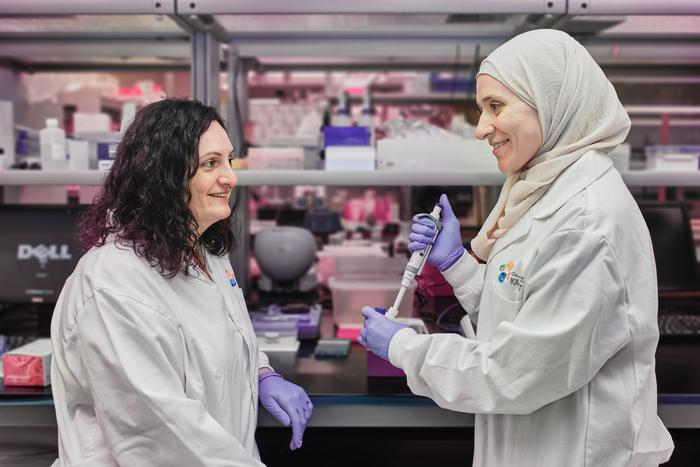
Researchers in Saudi Arabia have unveiled a tool that could aid in the diagnosis of rare diseases.
The method, named STARVar, leverages a diverse range of data sources — including background information from the scientific literature, genomic information from DNA sequence reads and clinical symptoms from individual patient records — to precisely identify genetic variants associated with diseases.
The new artificial AI-powered resource stands apart from other gene prioritisation tools because of its focus on real-world patient symptoms, regardless of how these clinical descriptions are documented.
Șenay Kafkas is a bioinformatics researcher at King Abdullah University of Science and Technology (KAUST) and the first author of a new report.
The researcher said: “STARVar stands a unique and efficient tool that has the advantage of prioritising genomic variants by using flexibly expressed patient symptoms in free-form text.”
Traditional methods often demand that clinical presentations adhere to standardised vocabularies, impeding a more nuanced and accurate understanding of patient symptoms.
However, doctors and researchers frequently convey patient data using terminology that extends beyond predefined terms.
STARVar — short for Symptom-based Tool for Automatic Ranking of Variants — now provides a solution that is more dynamic and adaptable in practice.
Designed by KAUST computer scientist Robert Hoehndorf and members of his team, the tool can interpret symptom data recorded in either standardized or natural language formats.
When evaluated on different genomic datasets — generated using clinical variants collected from patients, both in Saudi Arabia and from other countries around the world — STARVar outperformed several other variant prioritisation tools that can operate with only rigidly represented symptoms.
In particular, the algorithm consistently ranked the correct disease-associated variant at or near the top of the list of potential candidate variants in the validation tests.
Demonstrating the impact of STARVar in a real-world setting, the researchers also used the tool to help diagnose a young Saudi girl who showed signs of joint stiffness, lumps under the skin and bone damage.
Out of almost 800 suspect gene variants uncovered by genomic sequencing, STARVar deftly narrowed down the possibilities to a solitary mutation.
This mutation, in a gene called MMP2, was already known to be pathogenic and was therefore implicated as the likely driver of the girl’s condition.
STARVar is now freely available online, with Kafkas hoping to see clinical genetics community embracing it and integrating the analytic method into their genomic workflows.
She said: “STARVar stands as a unique and efficient tool, one that will shed light on rare diseases and provide vital diagnostic support to clinicians and affected families.“
Image: © 2023 KAUST; Eliza Mkhitaryan.



